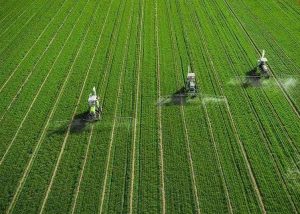In recent years, the construction of agricultural and rural informatization in various regions of the country has been steadily advancing, continuously exploring the development models and paths of regional agricultural informatization, and is in a critical period of development to accelerate the development of smart agriculture. With the vigorous rise of a new round of industrial revolution characterized by digitization and intelligence, new generation information technologies such as big data and the Internet of Things empower the new development of agriculture and rural areas, creating an inexhaustible driving force for rural revitalization.
Smart agriculture refers to the full application of information technology achievements, integrated application of computer and network technology, Internet of Things technology, audio and video technology, 3S technology, wireless communication technology, and expert wisdom and knowledge to achieve intelligent management such as visual remote diagnosis, remote control, disaster warning, and intelligent automation.
Applying IoT technology to traditional agriculture, using sensors and software to control agricultural production through mobile or computer platforms, making traditional agriculture more “intelligent”. In addition to precise perception, control, and decision management, in a broad sense, smart agriculture also includes agricultural e-commerce, food traceability and anti-counterfeiting, agricultural leisure tourism, agricultural information services, and other aspects.
The rise of unmanned farms is essentially a product of the deep integration of information technology with agriculture and rural areas, and is also a vivid epitome of high-quality agricultural development. On the one hand, the reduction and unmanned management of the entire process of planting, management, and harvesting not only helps to save labor costs, but also helps to attract more young technical talents to engage in agricultural production and cultivate new types of farmers. On the other hand, providing data support for crop management and protection through smart agricultural systems can guide the regulation of crop growth environment and better meet crop growth needs. At the same time, the mechanization of the entire process can also improve production and operation efficiency, promoting the effect of increasing income and reducing losses. Data shows that currently, the contribution rate of agricultural science and technology progress in China exceeds 60%, and the comprehensive mechanization rate of crop cultivation and harvest has reached 71%. China’s grain production is constantly reaching new levels, and the application of modern agricultural equipment and technology is indispensable.







Please sign in to comment
register